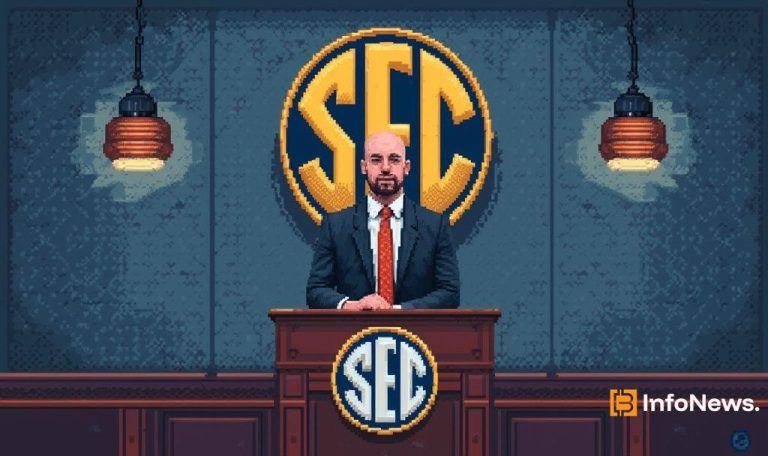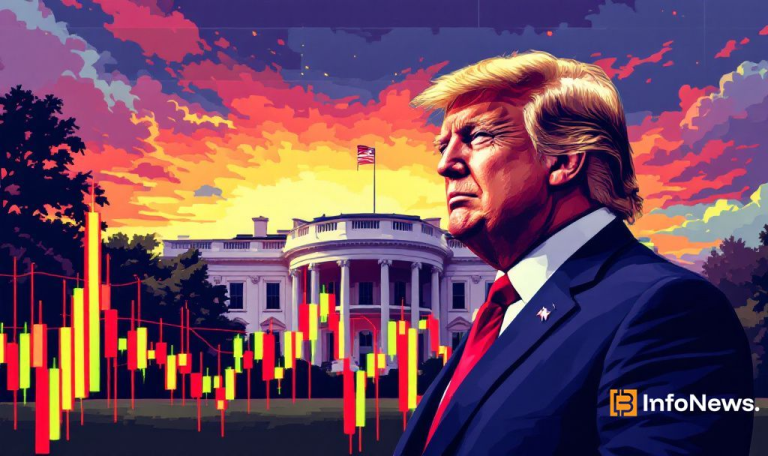World Liberty Financial Proposes Stablecoin Airdrop to WLFI Holders
- World Liberty Financial tests system via stablecoin airdrop.
- Airdrop available to all WLFI holders.
- Potential market shift in stablecoin valuation.

World Liberty Financial, backed by Donald Trump, proposes an airdrop of stablecoins to WLFI holders to test their system functionality.
This initiative could influence stablecoin market perceptions and technology testing, causing swift reactions from industry stakeholders.
Stablecoin Airdrop to WLFI Under Trump Influence
World Liberty Financial, backed by former U.S. President Trump, proposes a stablecoin airdrop to WLFI holders. Airdrop aims to test system functionality, ensuring technology meets operational standards.
The proposal involves WLFI holders who will receive distributed stablecoins. World Liberty Financial highlights the importance of testing to ensure stability and transactional efficiency.
Ripple Effect on Stablecoin Valuation Expected
Immediate industry reactions indicate potential impacts on stablecoin valuation. Market participants express interest in airdrop implications, focusing on technological efficacy and system reliability.
Political observers note possible implications for financial regulations, given Trump’s association. The proposal may influence future stablecoin policies, affecting regulatory perspectives and business models.
Past Airdrops Suggest Scrutiny and Interest Ahead
Previous airdrop events have set precedents in market responses. Similar initiatives have historically led to increased scrutiny and interest from regulatory bodies.
Experts predict positive outcomes driven by enhanced system testing. Successful implementation could pave the way for broader adoption and improve public perception of stablecoin utilities.
Zach Witkoff, Co-Founder, World Liberty Financial, – “USD1 offers what algorithmic and anonymous cryptocurrency initiatives cannot—access to the benefits of decentralized finance backed by the reliability and protections of highly regarded entities in traditional finance.”






